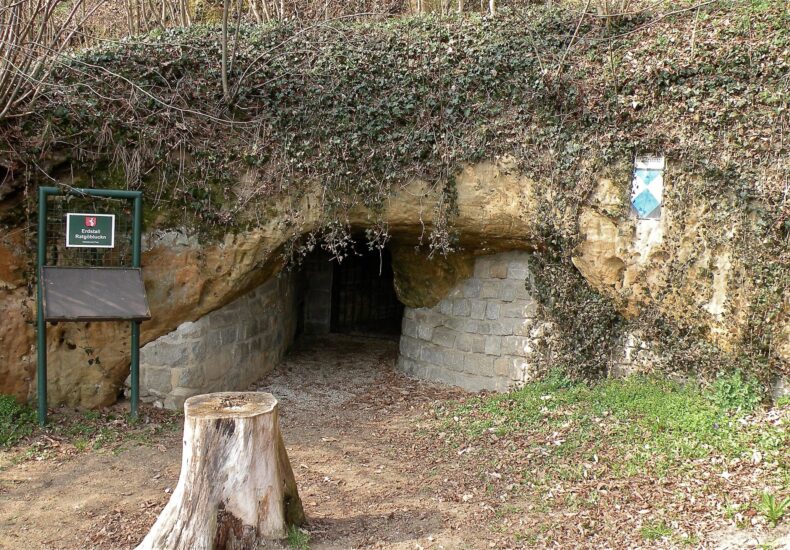
No Ancient Superhighway: Europe’s Erdstall and the Reality of the Scotland-Türkiye Tunnel
The internet continues to buzz with the fascinating concept of a vast, prehistoric tunnel network stretching from the Scottish Highlands across the European continent to Türkiye. This intriguing narrative, often shared on social media platforms like Instagram and Facebook, conjures images of a sprawling ancient world hidden beneath our feet. However, a closer examination of archaeological findings and scientific analysis reveals a more nuanced and ultimately less fantastical reality behind these persistent claims.
The roots of this enduring story lie in the misinterpretation of information surrounding “Erdstall” (German for “earth place”), mysterious underground passageways discovered across Europe. A significant starting point appears to be a 2011 article published in the respected German news magazine Der Spiegel. This article, while detailing these enigmatic structures, inadvertently laid the groundwork for the exaggerated claims that would later proliferate online. The act of documenting these unusual tunnels seems to have fueled subsequent imaginative leaps.
Furthermore, the narrative gained significant traction through references to the work of Heinrich Kusch, a German prehistorian who, along with his wife Ingrid, authored a book on Erdstall tunnels in 2009. In his publication, Kusch proposed a timeline suggesting these tunnels were constructed approximately 5,000 years ago. This dating, while intriguing, contradicts the findings of later scientific research, which places the origins of Erdstall tunnels much later in history.
Archaeological investigations typically describe these Erdstall structures as narrow, low-ceilinged tunnels, often branching into small, confined chambers. Their diminutive size, frequently requiring individuals to crouch or crawl, has fueled numerous theories regarding their original purpose.
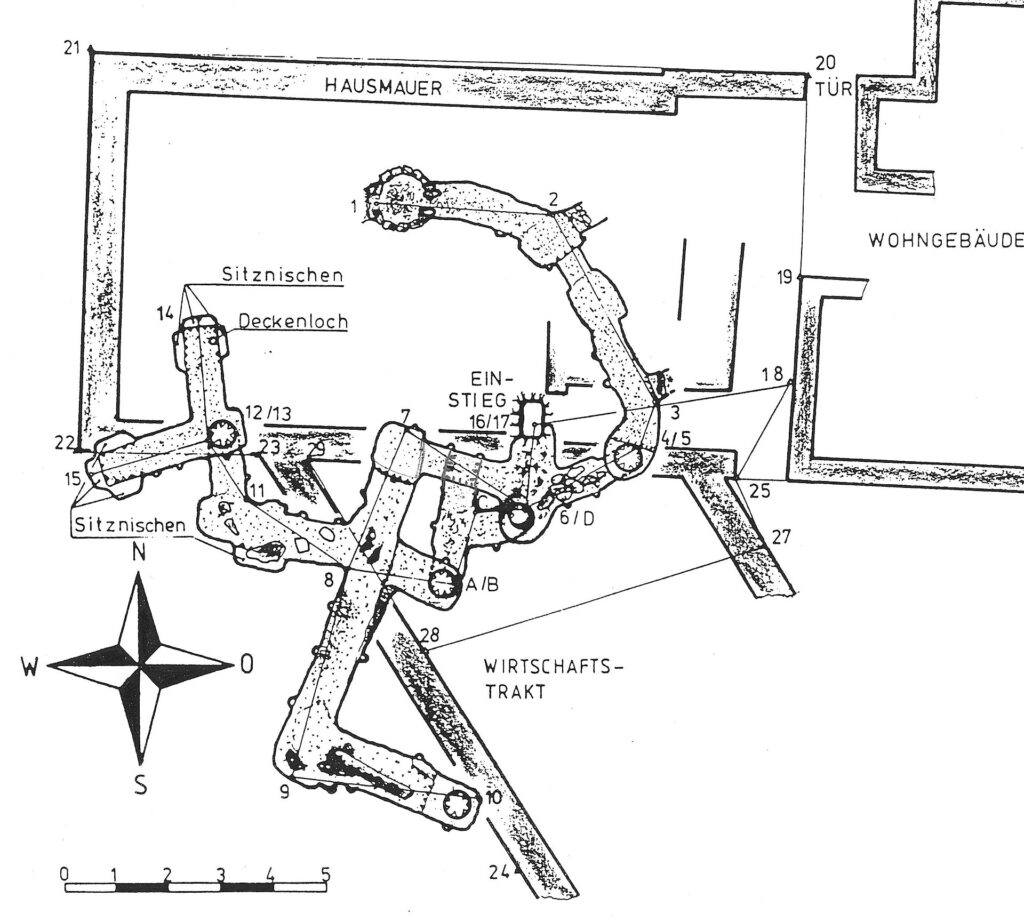
Erdstall structures are primarily concentrated in regions such as Germany, Austria, France, Ireland, and Scotland. This pattern of geographical distribution strongly suggests local and independent constructions rather than a single, transcontinental system. While the precise construction techniques and tools remain a subject of ongoing research, the effort required to excavate these structures with the technology of the time would have been considerable.
While initial speculation often placed the origins of Erdstall tunnels in the distant past, even suggesting connections to the Stone Age, modern dating techniques have largely debunked these early assumptions. Radiocarbon analyses consistently indicate that the majority of known Erdstall structures date to the High Middle Ages, specifically between the 10th and 13th centuries AD. For example, charcoal fragments recovered from Erdstall tunnels at Höcherlmühle have been dated to between 950 and 1050 AD. These findings definitively establish that these tunnels were constructed centuries after the Stone Age and significantly later than the timeline proposed by Kusch.
The Transcontinental Connection: A Geographically and Logistically Implausible Scenario
The assertion of a continuous underground passage stretching from Scotland to Türkiye presents significant geographical and logistical hurdles. The sheer distance involved, coupled with formidable natural barriers such as the North Sea and the English Channel, renders the construction of such a network virtually impossible with the technology of the purported era. There is no evidence in the archaeological record of such a monumental and coordinated engineering undertaking.
Instead, these tunnels are a collection of unconnected passageways primarily found within the regions of Germany, Austria, France, Ireland, and Scotland.
Interestingly, the distribution of Erdstall tunnels bears some resemblance to the routes of Irish-Scottish itinerant monks who traveled the continent as missionaries in the 6th century. However, this connection does not support the idea of a continuous, ancient tunnel network spanning thousands of kilometers.
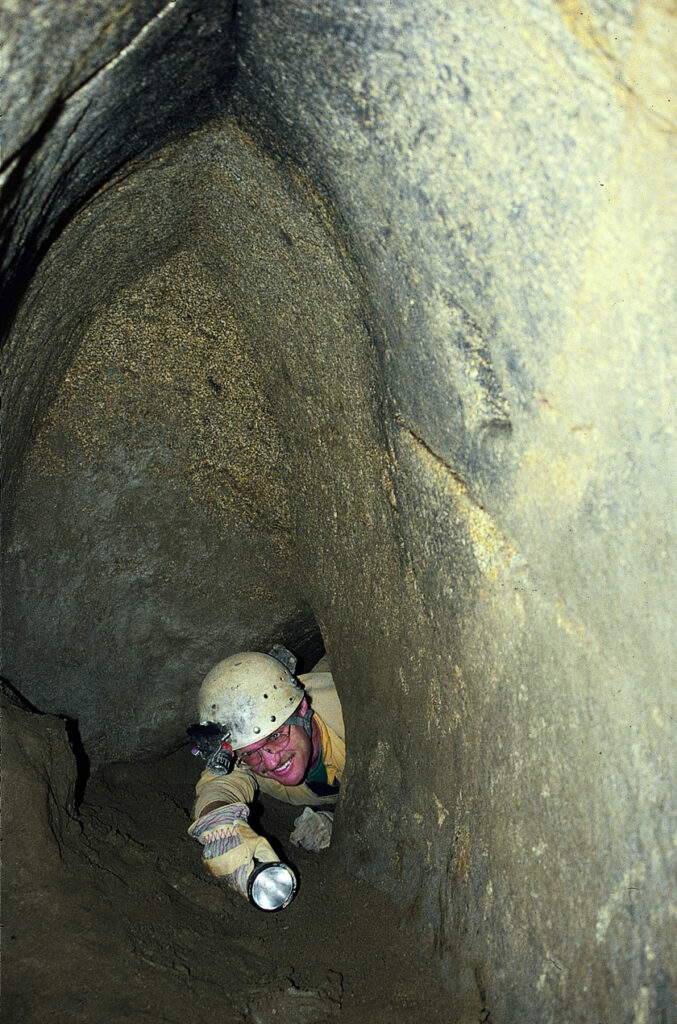
The Underground Cities of Cappadocia: A Distinct Archaeological Phenomenon
While the Erdstall tunnels remain shrouded in mystery regarding their original purpose, with theories ranging from defensive refuges to spiritual spaces or even more mundane uses like storage or animal shelters, there is no evidence to support the idea of a vast, ancient network stretching across Europe. In contrast, the Cappadocia region of Türkiye has revealed intricate underground cities like Derinkuyu, which served as sanctuaries during times of peril, showcasing a different context of subterranean construction.
The articles correctly highlight the existence of remarkable underground cities in the Cappadocia region of Türkiye, with Derinkuyu being a prime example. These expansive complexes, featuring intricate living spaces, ventilation shafts, and defensive mechanisms, demonstrate advanced ancient engineering. However, these subterranean urban centers differ from the Erdstall tunnels of Europe in their scale, purpose (primarily habitation and refuge), and architectural sophistication. They represent a distinct cultural and engineering achievement and do not lend credence to the idea of a continuous link with the Erdstall systems of Western Europe.
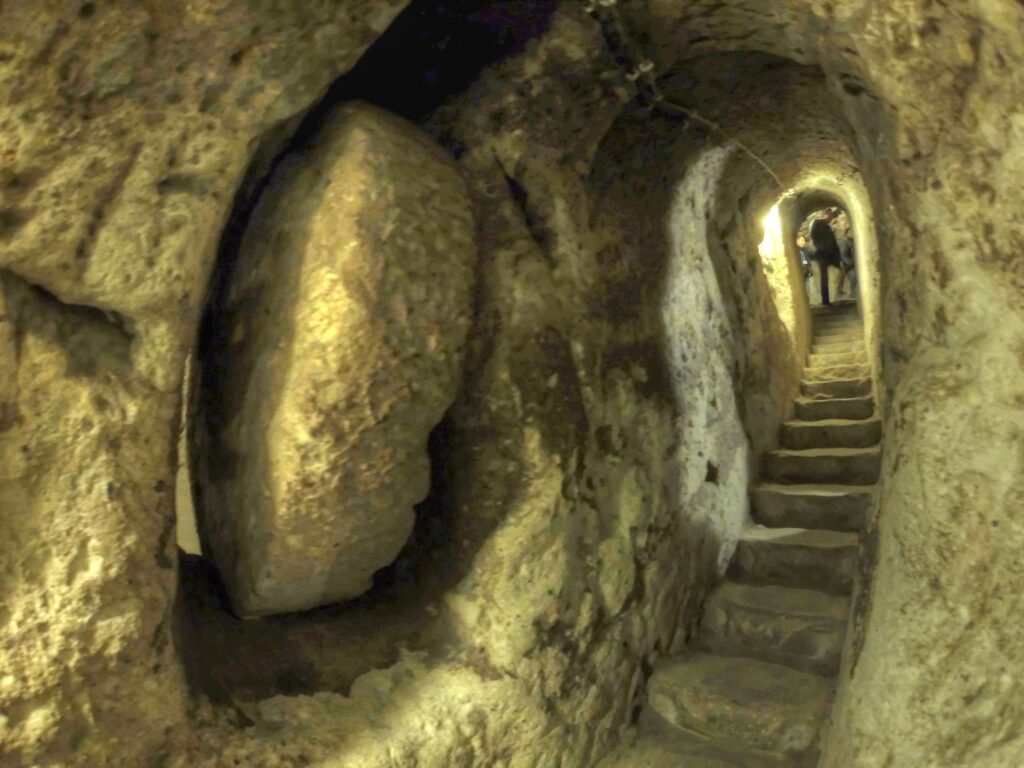
Unraveling the Purpose: Scientific Inquiry into Erdstall Functionality
The precise function of Erdstall structures remains a subject of academic debate. Various theories have been proposed, including their use as defensive refuges, storage facilities, spaces for religious or spiritual practices, or even more prosaic purposes such as animal shelters. The frequent lack of artifacts or remains within these tunnels complicates the determination of their original intent. Some researchers suggest that the seemingly “cleaned-out” nature of many Erdstall structures hints at specific, perhaps ritualistic, uses.
In conclusion, while the enduring mystery of Europe’s Erdstall tunnels remains captivating, the claim of an ancient, unbroken underground network stretching from Scotland to Türkiye lacks credible scientific and archaeological support. Erdstall structures represent localized phenomena dating back to the Middle Ages, and the idea of a transcontinental connection is geographically and logistically implausible. The impressive underground cities of Cappadocia, while equally fascinating, belong to a distinct historical and cultural context. The persistence of such intriguing myths underscores the importance of critical thinking and reliance on evidence-based analysis when evaluating extraordinary claims. Exploring these topics through scientific literature and archaeological findings allows for a more accurate understanding of our past and the fascinating, yet often less sensational, realities it holds.
Cover Image Credit: Entry to the Ratgöbluckn erdstall at Perg, Austria. Wikipedia
You may also like
- A 1700-year-old statue of Pan unearthed during the excavations at Polyeuktos in İstanbul
- The granary was found in the ancient city of Sebaste, founded by the first Roman emperor Augustus
- Donalar Kale Kapı Rock Tomb or Donalar Rock Tomb
- Theater emerges as works continue in ancient city of Perinthos
- Urartian King Argishti’s bronze shield revealed the name of an unknown country
- The religious center of Lycia, the ancient city of Letoon
- Who were the Luwians?
- A new study brings a fresh perspective on the Anatolian origin of the Indo-European languages
- Perhaps the oldest thermal treatment center in the world, which has been in continuous use for 2000 years -Basilica Therma Roman Bath or King’s Daughter-
- The largest synagogue of the ancient world, located in the ancient city of Sardis, is being restored


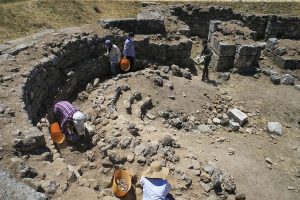
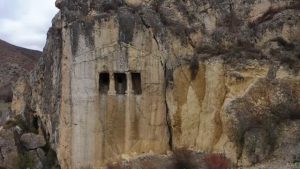
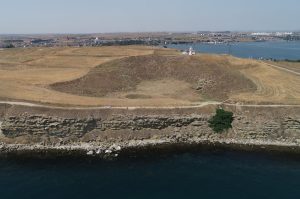
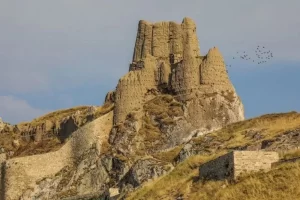



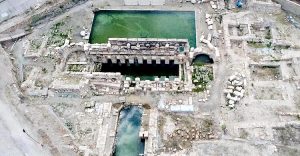
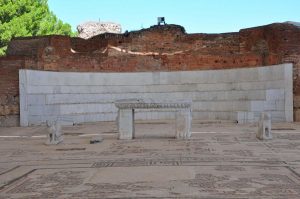
Leave a Reply